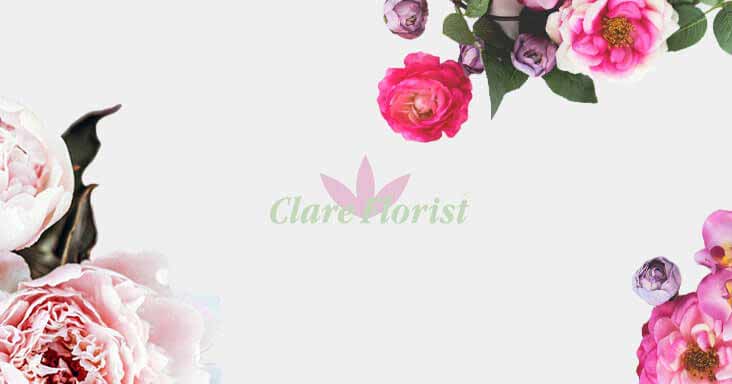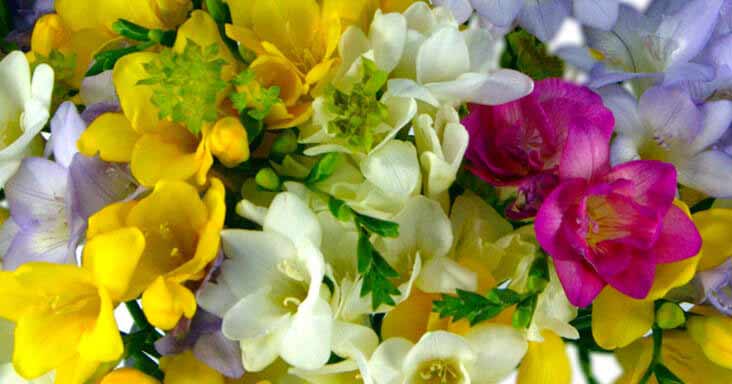History
Gerbera flowers are part of the Asteraceae family and are native to tropical parts of Asia, South America and Africa. The gerbera’s name derives from a man called Traugott Gerber, a German botanist.
Uses
By far the most popular use of gerbera is as a cut flower in floral arrangements. Gerbera plants are also thought to have many beneficial properties. They are good at removing benzene, a chemical which is known to cause cancer. Gerberas absorb carbon dioxide and emit oxygen overnight, improving your quality of sleep.
Meanings
Colourful and bright, gerberas are thought to signify happiness and cheerfulness. They also inherit some meanings from daisies such as purity and innocence. Throughout history, different cultures have attributed different meanings to this flower. For example the Celts used gerberas to relieve stress and sadness, whilst the Egyptians felt that gerberas brought them into a closer relationship with nature and the sun.
Care Instructions
Trim stems diagonally using a sharp knife. Fill a vase with room temperature tap water and mix in flower food. Try to maintain a consistent room temperature of no more than 20 degrees. Avoid placing in close proximity to a heater and also avoid draughts and direct sunlight. Ensure the vase is kept topped up with fresh water.
Trivia
- Gerbera is often referred to as the African Daisy.
- When it comes to arranging flowers in vases, gerbera have a very long lifespan.
- Gerberas always turn to face the sun.
- Although it looks as if a gerbera is a single flower, it’s in fact comprised of 100s of individual flowers.
- There are approximately 40 varieties of different gerbera across the globe.
- Gerberas are the fifth most popular flower in the world when it comes to cut flowers for bouquets and other floral arrangements.
- In science, the use of the gerbera as a model organism is used to study flower formation.





